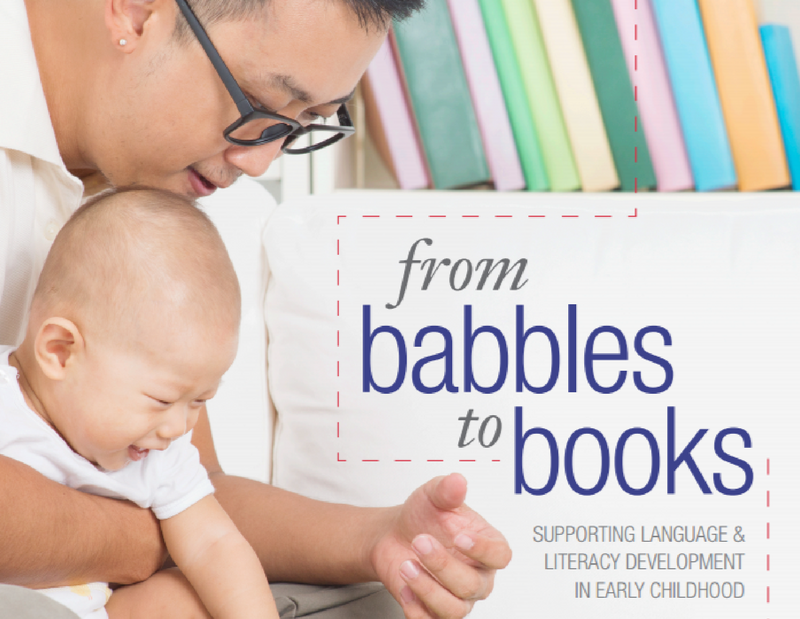5 Language & Literacy Tools You Might Not Know About (But Should!)
Did you know there’s a reliable assessment tool for determining whether a young bilingual child’s language difficulties are due to a delay or limited exposure to English? We’ll introduce you to BESA™ (Bilingual English-Spanish Assessment™) and four other essential screening and assessment tools in this month’s feature article.




